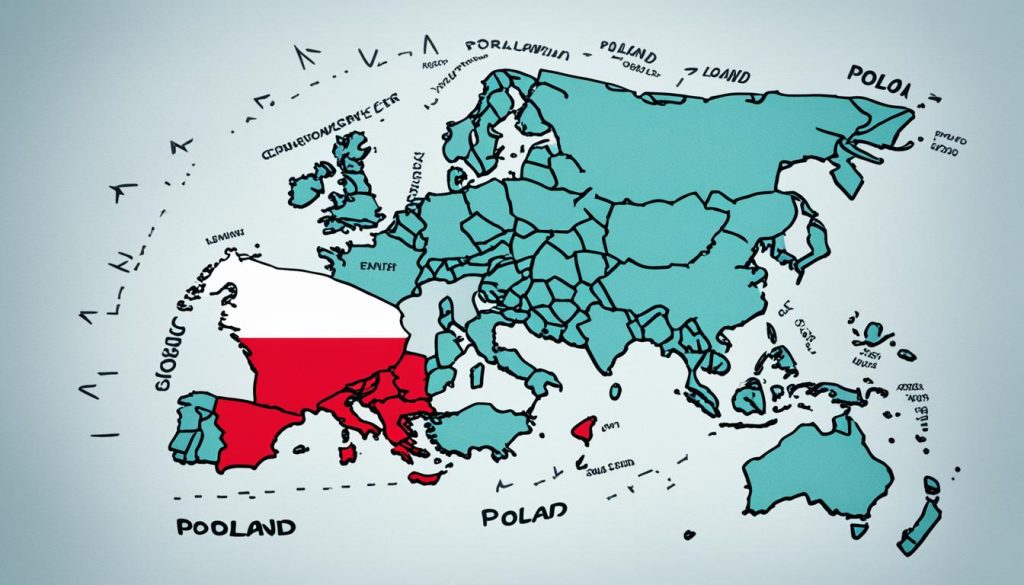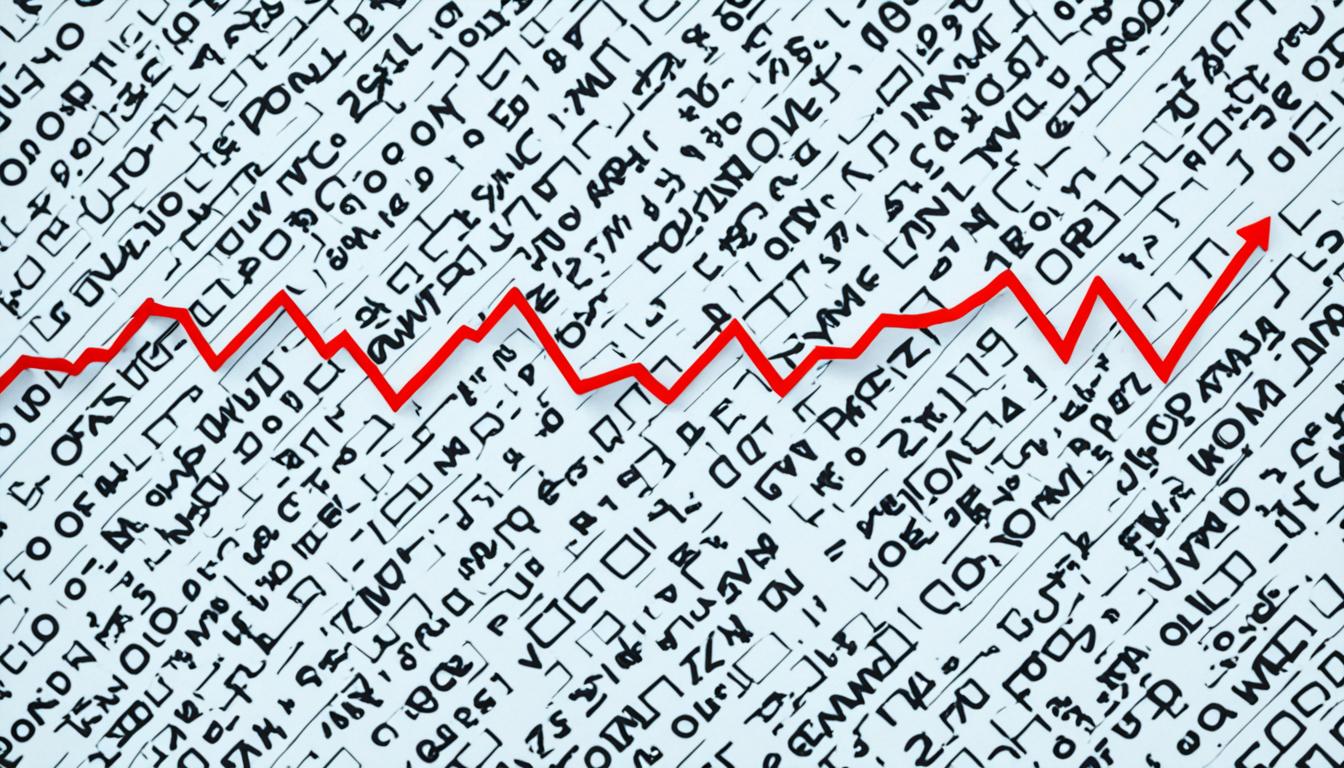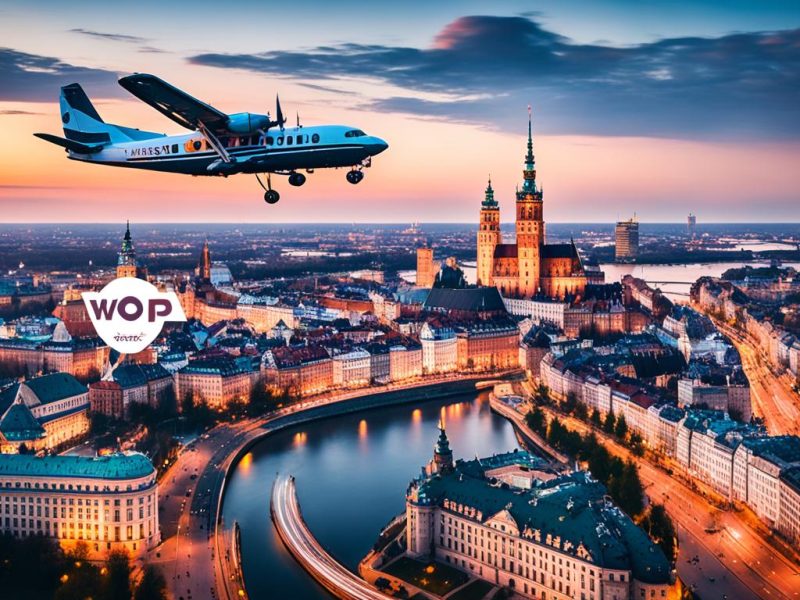Poland’s economic growth is quite the story. Since shaking off Soviet influence, it has seen impressive changes. It both follows global trends and creates its own path. Let’s explore how Poland fits into the world’s economic growth patterns.
Key Takeaways
- Insight into Poland’s economic trajectory compared to global trends
- Understanding the factors contributing to Poland’s economic development
- Analysis of Poland’s alignment with, or divergence from, international economic patterns
- Expert perspective on Poland’s strengths and areas for growth within the global economy
- Reflection on the role of historical context in shaping Poland’s economic landscape
Assessing Poland’s Economic Landscape
Poland’s economic story shows its toughness and ability to change. After communism fell, Poland changed its economy from a central plan to a market system. This big change has linked the country with Europe and the world. It shows a unique story of change in Poland’s economic history.
A Historical Perspective of Poland’s Economy
Looking back at Poland’s economic history, key moments stand out. The country struggled with a command economy’s flaws. But in 1989, ‘shock therapy’ policies began Poland’s move toward freedom and joining Western economies. This shift created the foundation for modern Poland’s economy, connecting its past to a hopeful future.
Current Economic Indicators and Performance Metrics
Now, economic signs show how Poland’s economy is doing. Its GDP growth rate tells a story of strength despite world challenges. Examining unemployment and inflation gives more details about its economic state. Keeping a balanced budget is vital for Poland’s steady economy, shown by these signs.
Major Industries and Contributors to the Polish GDP
Poland’s key industries help its economy grow. Manufacturing is essential, making the most of Poland’s place in Europe. The services sector, full of new ideas, is moving fast toward a world valuing information. Technology also plays a big role in Poland’s GDP, showing how diverse the economy is. These sectors show the vibrant picture of Poland’s economy.
Comparative Analysis: Poland vs Global Economic Growth
Exploring the world of global economic comparison, Poland’s economic performance stands out. It has shown remarkable growth, even when compared to other countries around the world. This analysis uses the latest data to see how Poland’s economy does on the global stage.

In terms of economic growth rates, Poland is doing better than many European countries. It is growing fast, which moves it up the global economic ranking. Despite global challenges, Poland’s economy stays strong and adaptable.
Looking at Poland in a global economic comparison, we see its growth rates in a new light. Understanding its move from a controlled to a market economy shows how much it has changed. This change is key to its growth journey.
- Poland’s steady rise in economic growth rates amidst global economic fluctuations.
- The strategic sectors contributing to uplift Poland’s economic ranking in the global market.
- Comparative analysis revealing Poland’s stature in key economic metrics against other nations.
Comparing Poland with a range of countries shows its economic strength. This comparison shows both Poland’s successes and where it can still grow. It’s a way to see how Poland stands in the world economy.
Poland is seen as a strong example of economic progress. It plays a big role in global economic comparison.
The numbers tell us Poland is doing well, but there’s more to the story. Looking behind the numbers, we see Poland’s strategy, innovation, and the stability of its region. These factors help Poland hold its place in the global economy.
Factors Influencing Economic Growth in Poland
Poland’s economic journey involves many elements that drive its growth. The mix of its own strategies and partnerships abroad has created a lively setting for growth. Let’s look at the key factors that are changing Poland’s economy today.
Government Policies and EU Integration Effects
To grasp Poland’s economic growth, we must look at its government policies. These focus on fiscal responsibility, investing in infrastructure, and improving the job market. Also, joining the EU has made Poland more appealing to global businesses by aligning its laws with Europe’s.
Technological Advancements and Innovation
Technology and innovation are key to Poland moving towards a modern economy. It’s making big steps in tech and manufacturing. Poland is investing more in research, and its schools and businesses are creating new solutions.
Foreign Investment and Trade Relations
Building strong trade ties has attracted foreign investment to Poland. Its central location in Europe makes it an ideal hub for investors. Here’s a look at where foreign investment is going, showing why Poland is great for business.
| Sector | Percentage of Foreign Investment | Impact on Trade Relations |
|---|---|---|
| Manufacturing | 23% | Increased exports within the EU and globally |
| Information Technology | 18% | Boost in service-based trade agreements |
| Real Estate | 15% | Attracting global investors for bilateral property ventures |
| Energy | 12% | Development of joint ventures and renewable energy projects |
| Financial Services | 10% | Expansion of cross-border financial operations |
Conclusion
As we finish our analysis, we see that Poland’s economic future looks bright but has challenges. Poland needs to balance local benefits with global economic trends. The country has done well to embrace new technology and join the European Union. Its drive for innovation and attracting foreign investment has helped the economy grow.
Economic hurdles are part of any country’s growth story. Poland faces changing global markets, uncertain policies, and the need for green development. These challenges test Poland but also offer chances for reform. How Poland deals with these issues will shape its future economy.
Our analysis shows Poland has great growth potential, but the path is complex. Poland must watch its policies and the world economy closely. Smart planning and revising economic strategies will help Poland face future uncertainties. This way, Poland can make the most of upcoming opportunities.
FAQ
How has Poland’s economic growth compared to global trends?
Poland’s economy has been strong, even with global challenges. It has grown well compared to other emerging markets and the EU. This growth shows both similarities and differences with global economic trends.
What are the major industries contributing to Poland’s GDP?
Key industries boosting Poland’s GDP include manufacturing, services, and technology. These sectors are central to Poland’s economy, driving stability and growth.
How has Poland’s history shaped its current economic landscape?
Moving from a post-communist state to a market economy has majorly shaped Poland. Historic events and economic reforms have built its market, connected it with global markets, and pushed growth policies.
How does Poland’s economic growth rate compare with that of other countries?
Poland often grows faster than many regional neighbours and other emerging markets. Its growth rates are impressive, even compared to more developed countries.
What factors influence economic growth in Poland?
Growth in Poland is influenced by several factors. These include stable government policies, EU integration benefits, innovation, and global trade. Foreign investment also plays a big role.
In what ways has Poland’s integration into the EU affected its economy?
Joining the EU has majorly helped Poland’s economy. It has opened up larger markets, supported development projects, and modernised its economic policies. This has improved infrastructure and the business climate.
How significant is foreign investment in Poland’s economic development?
Foreign investment is key to Poland’s economic progress. It brings in money, offers jobs, and encourages technology sharing. This boosts industrial growth and diversifies the economy.



